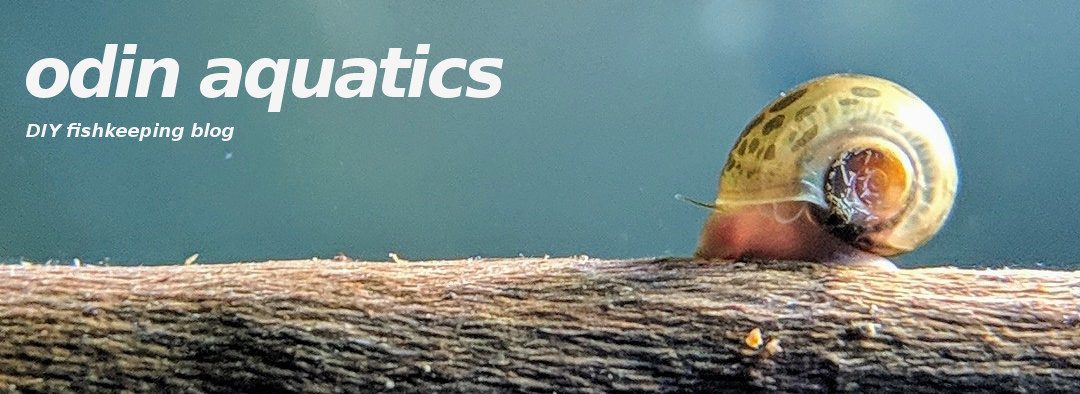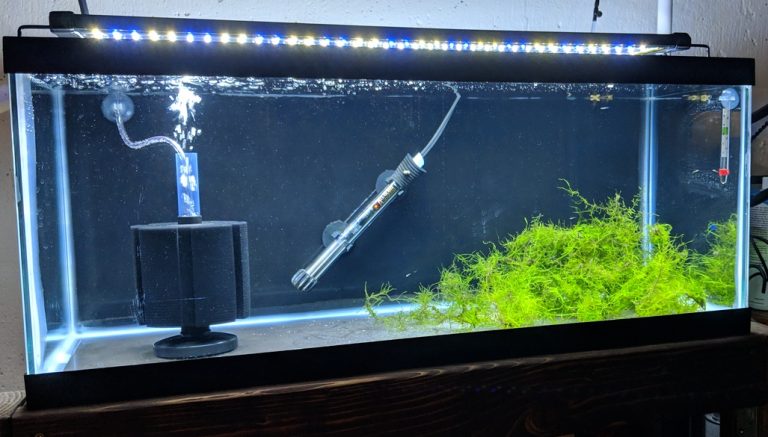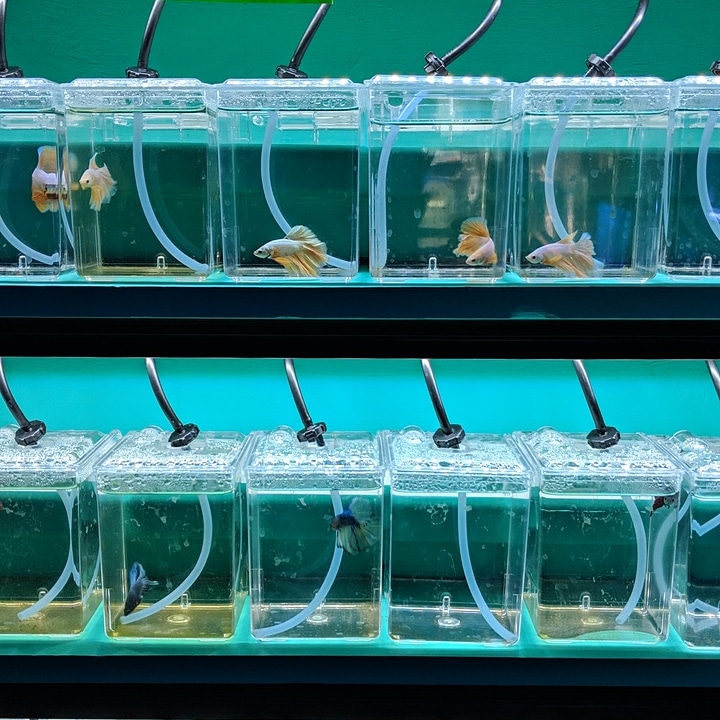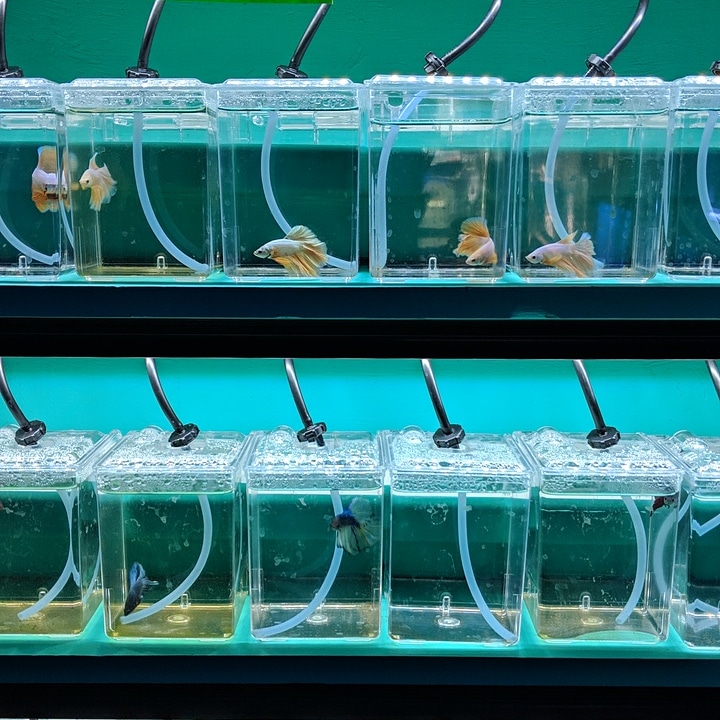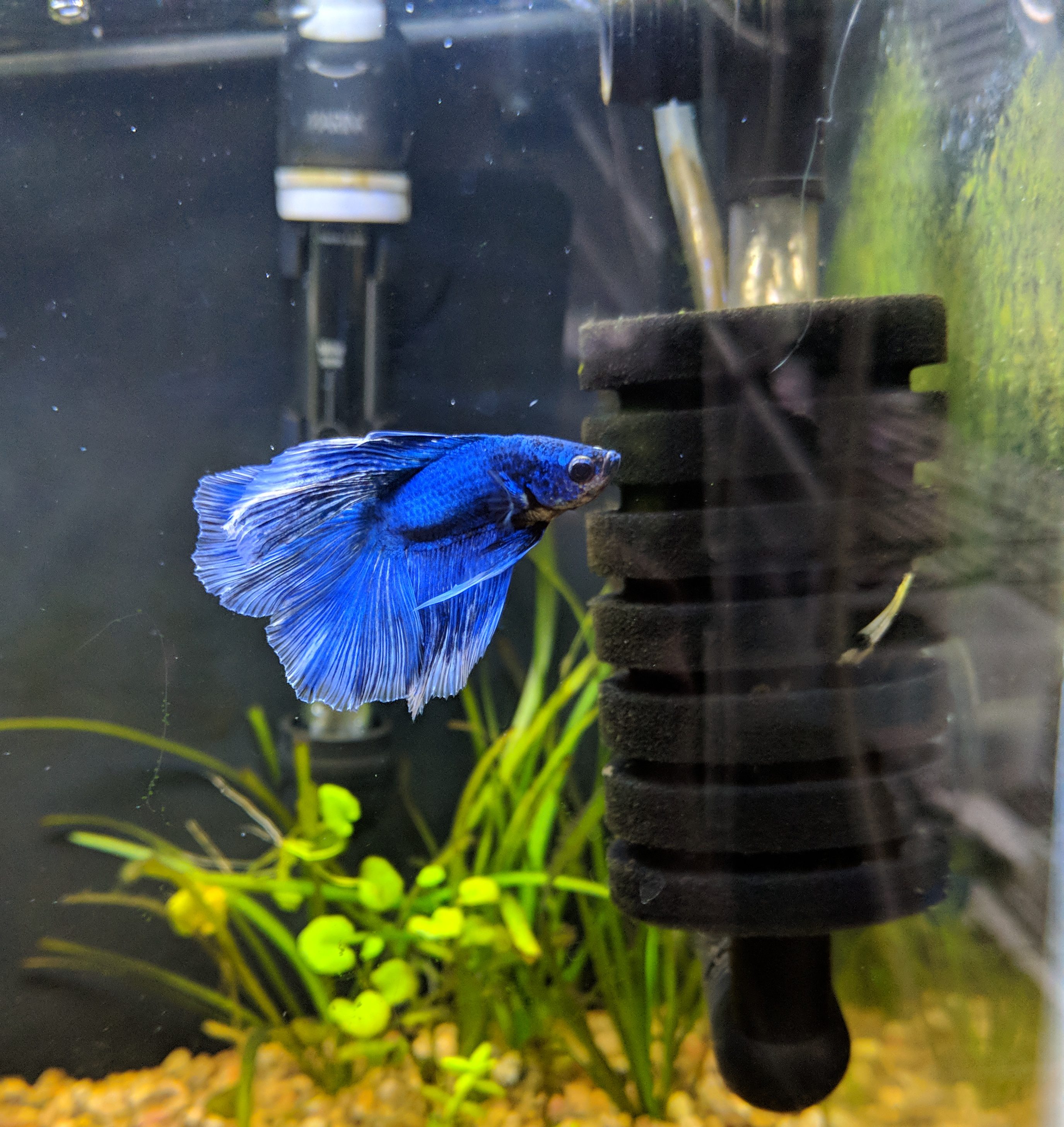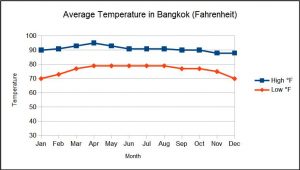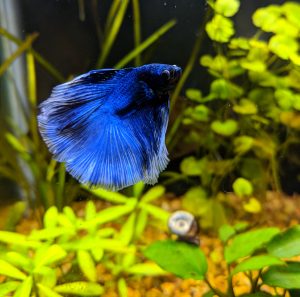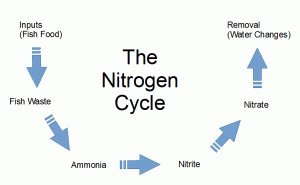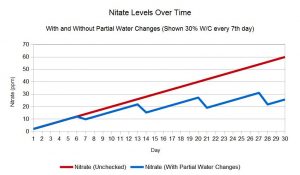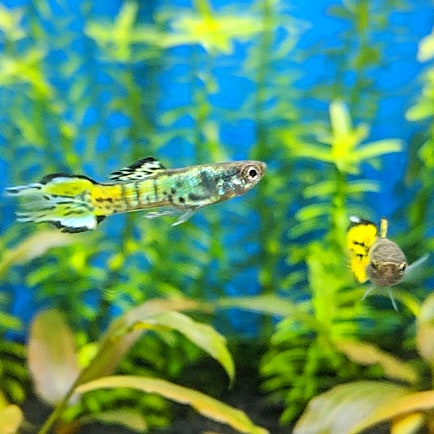
I recently purchased a few pairs of adult yellow tiger Endler's livebearers. The photo above is a couple of the males in my planted 10 gallon display tank. The best thing about livebearers is how easy they are to breed once you have a pair of adults with good genetics. I set up a simple fry rearing tank, added a very pregnant female, and within 24 hours of moving her I had 15+ newborn Endler fry.
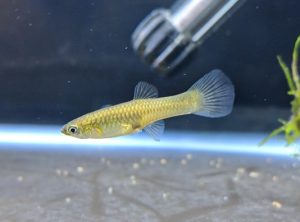
Tank Setup
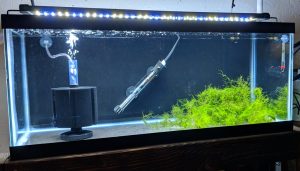
This setup is optimal for rearing young fish, whether they are livebearers or egg-layers. It requires no substrate and no decorations. All you need is a heater, a filter, and some moss or other plants for the fry to hide in. I am using a 20 gallon "long" size tank, which is shorter vertically and longer horizontally than a typical 20 gallon "high". The light is a 30" Nicrew LED, although a light is not required for raising fry.
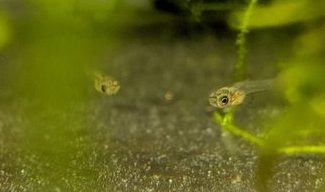
These baby Endlers will be fully grown and ready to breed in about 3 months.
Filtration
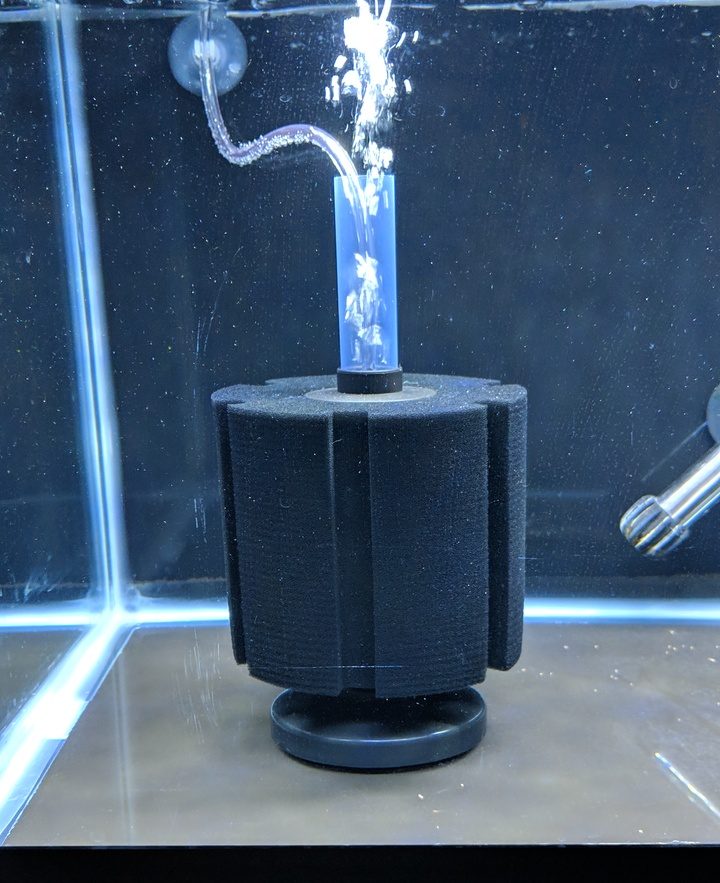
I'm using a Bacto-Surge sponge filter in this fry tank. A sponge filter is by far the best type to use in a tank with very young fish. Hang-on-back and canister filters have intakes that will suck up and kill newborn fry. Although you can use intake sponges on these types of filters, its much simpler to use an air-driven sponge filter. A 5 watt air pump can drive multiple sponge filters, filtering more than one tank with less electricity than a single hang-on-back.
Bare Bottom
Although you could put gravel into a tank you are using to raise fry, it is much better to run a bare bottom tank. I painted the back and bottom of this tank using black acrylic paint. The bare bottom allows you to easily vacuum out uneaten food and waste to maintain high water quality for the young fish. Having no substrate also saves you about $20 in a 20 gallon tank like this one.
Plants
Plants, such as guppy grass or java moss, provide the fry (or eggs) with a place to hide from their parents, who will often eat their own young. Additionally, plants provide fry with a high surface area to graze on infusoria, which are minute aquatic creatures such as ciliates, euglenoids, protozoa, and unicellular algae.
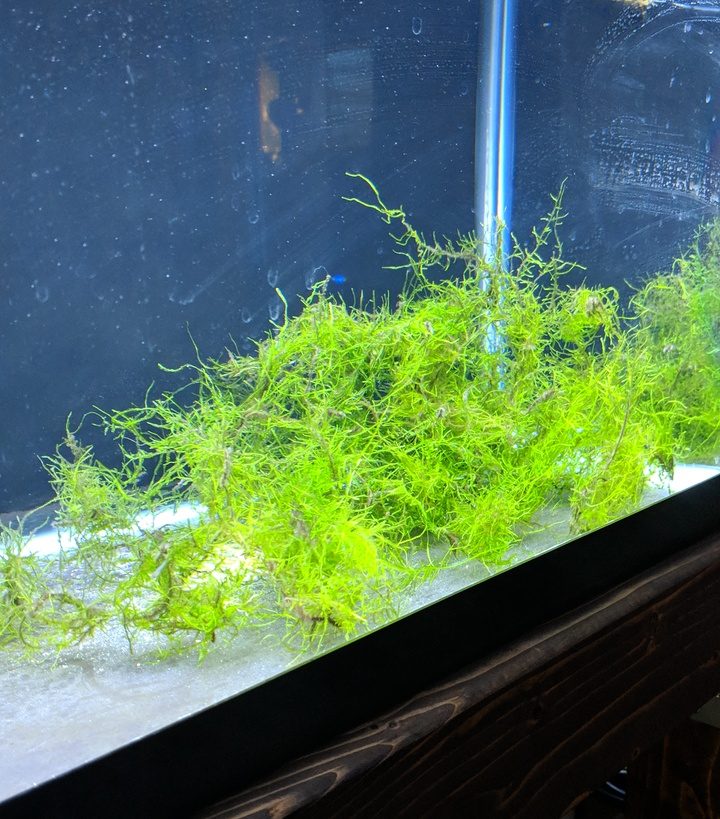
I pulled a large quantity of java moss out of another tank that I was rescaping specifically for this setup. You can see several 1 day old Endler fry hanging out beneath the moss in the photo below. If you don't have access to such a large quantity of java moss, guppy grass, also known as najas grass, is often available at local fish shops.
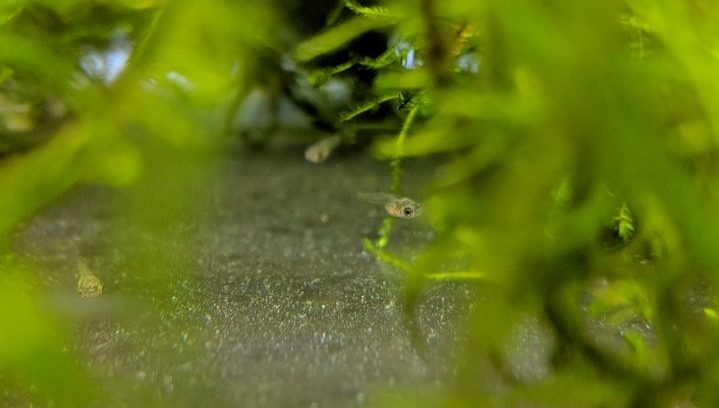
Feeding The Fry
I feed newly hatched brine shrimp to all of my young fish. Brine shrimp are cheap to produce and can be hatched from eggs in 36 hours. They are small enough for newborn Endlers and Guppies to eat, high in protein, and irresistible to most fish. Fry that are raised on live brine shrimp will quickly outgrow fish that are fed only crushed flakes or other prepared foods. The photo below shows a culture of brine shrimp ready to be harvested.
This post has more information on hatching brine shrimp.
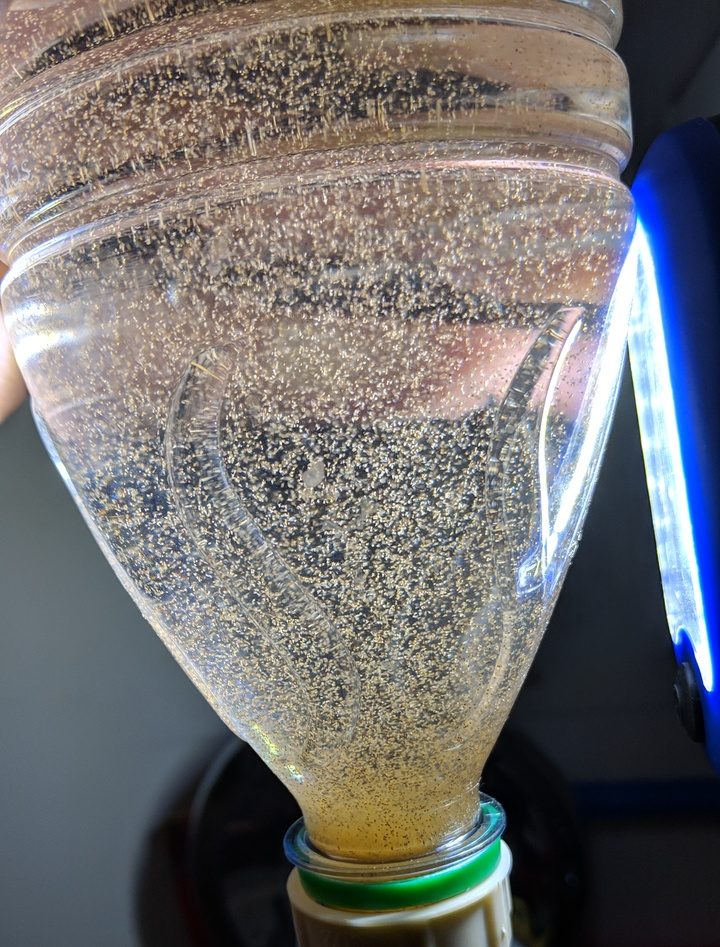
Update: Endler Fry Tank 5 Months Later
After setting this tank up I added dwarf water lettuce which has spread to cover most of the surface. The java moss has more than tripled in size and now hosts a colony of blue dream shrimp in addition to multiple generations of Yellow Tiger Endlers.

